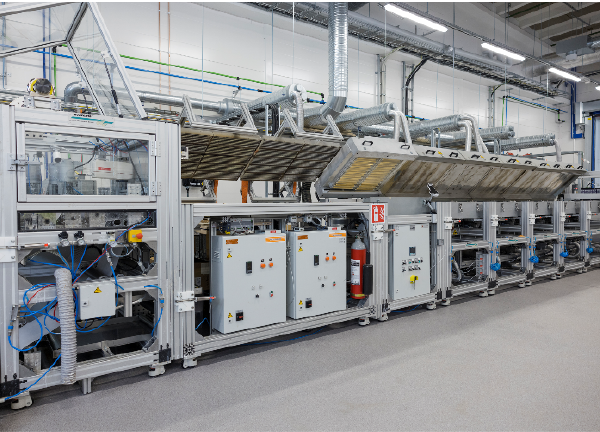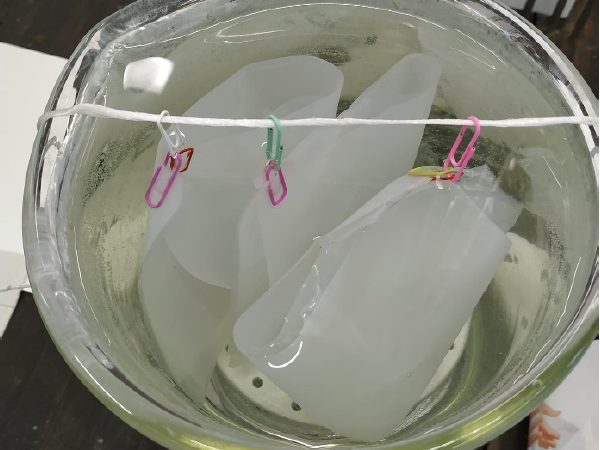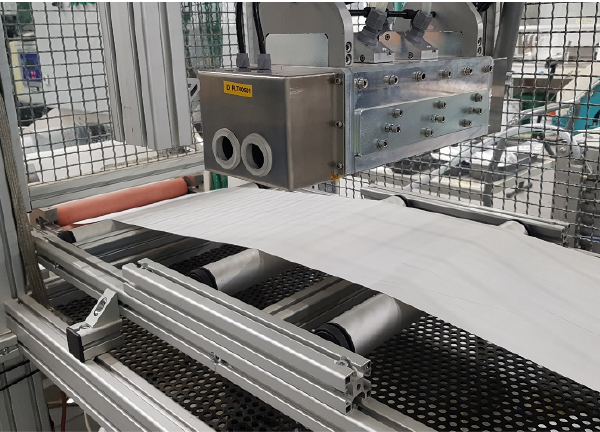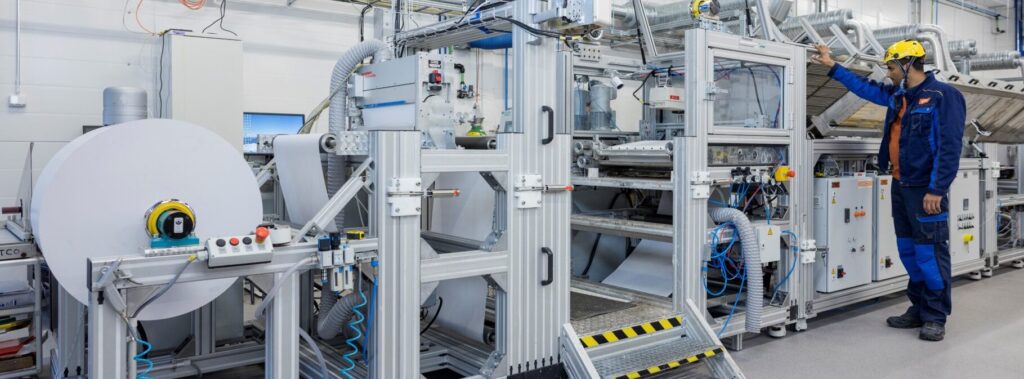
Bio-based nutrient collecting membranes
About
VTT Technical Research Centre of Finland Ltd (VTT) leads the development work on using bio-based membranes for nutrient recovery from agricultural runoff. VTT modify bio-based membranes for efficient capturing of phosphate, nitrate and potassium ions from water to bring the recovered nutrients back as fertilizers.
Bio-based nutrient collecting membranes are prepared using nanocellulose, a material directly sourced from plants and produced by disintegrating biomass-sourced fibers, therefore it is biodegradable and renewable. High surface area and high density of hydroxyl groups provide the intriguing performance for the material itself and the properties that are present at microscale fibers are enhanced in nanoscale. Moreover, it’s chemical structure offers numerous opportunities for further functionalization, not to mention it’s inherent hygroscopicity. Various grades of nanocellulose are distinctive in terms of dimensions, fine structure and chemistry, which are dependent on the fiber source and the production methods.
The film-forming ability is one of the key features of nanocellulose. At VTT, a unique method have been developed to produce nanocellulose films and currently VTT is able to prepare several meters of films per day. Nanocellulose production methods are selected based on the application requirements and the material properties can be tailored by exploiting existing functional groups or by introducing specific chemical groups on the surface. This approach offers numerous active sites for capturing valuable elements, nutrients and pollutants.
Within WATERAGRI project, VTT is investigating routes towards enhancing nanocellulose surface charge by chemical modifications. Cationized nanocellulose films are then utilized to capture nutrients and once saturated, nanocellulose membranes will be used as biodegradable fertilizers for plants.
Developed by
Contact
Alexey Khakalo, D.Sc. (Tech.)
Tekla Tammelin, D.Sc. (Tech.)
Case Study
Where We Test Our Solution
Real environment tests were performed at pilot wetland in Bologna (Italy) by Canale Emiliano Romagnolo and University of Bologna.
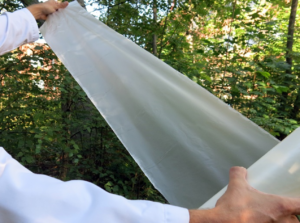
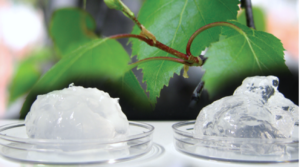
Solution Test Progress
Nutrients sorption was approximately 8 times higher for prepared cationic nanocellulose-based membrane compared to chemically unmodified membrane used as a reference.
VTT is currently enhancing the surface charge of cationic nanocellulose to further increase the nutrients retention of bio-based membranes.
Publications
Description of Developed Membrane-based Solution for Nutrient Recovery. Project Deliverable

Configurations of membrane.

Membrane tests conducted.

Laboratory scale cultivation tests for nutrient saturated membranes.

Laboratory scale cultivation tests for nutrient saturated membranes.
